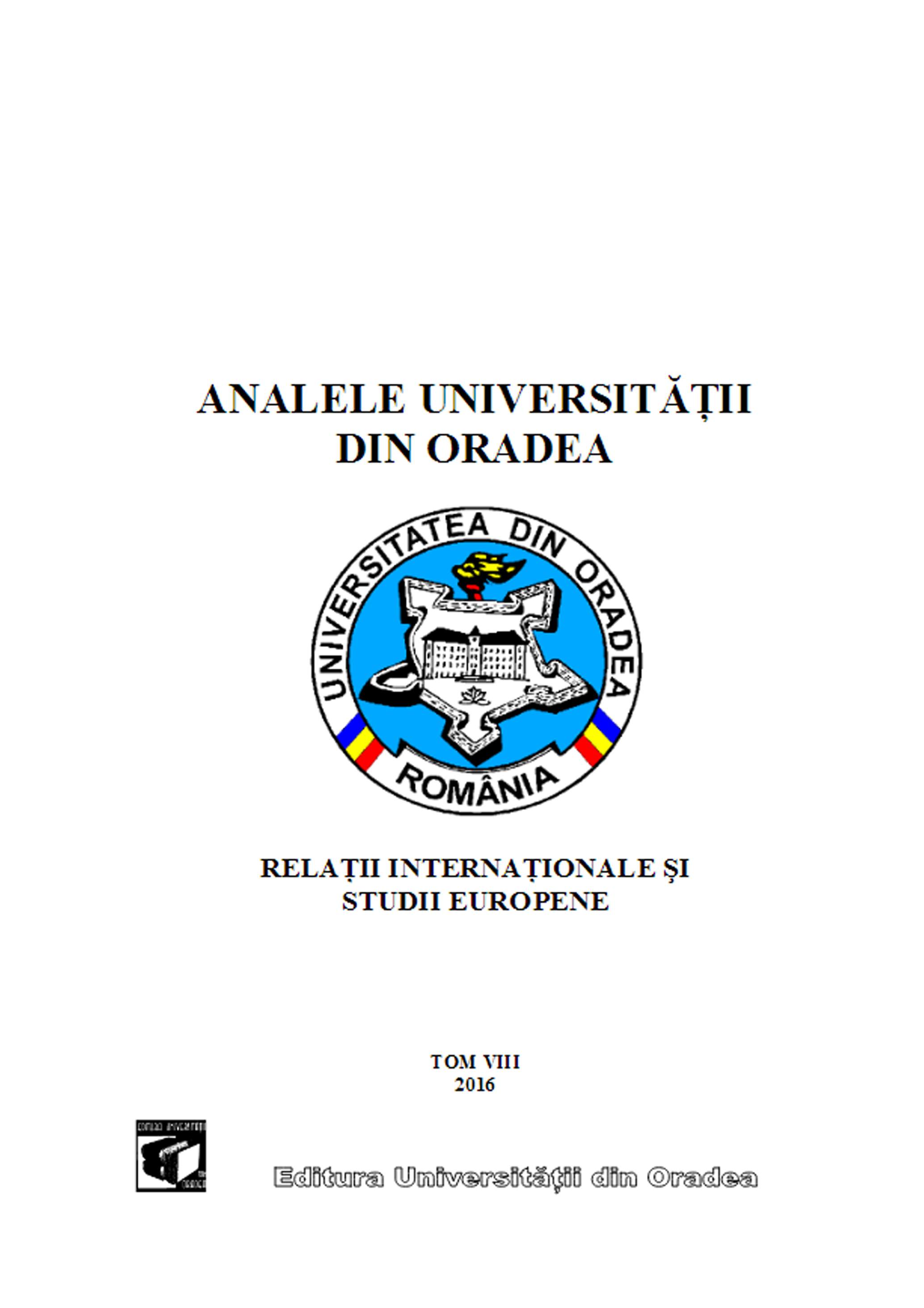Nagorno – Karabakh Conflict and its Implications for Citizens
Nagorno – Karabakh Conflict and its Implications for Citizens
Author(s): Emilia Nicoleta SchiopSubject(s): Politics / Political Sciences
Published by: Editura Universitatii din Oradea
Keywords: Azerbaijan; Armenia; conflict; interviews; context
Summary/Abstract: In the last period the main subjects were crises in Europe (the economic crise, the crise with Rusia - tensions between Rusia and Ucraina after the annexation of Crimea and economic restrictions for Rusia in relation with the European Union, the migration crises, Brexit, terrorism), the american election the Syrian civil war, etc. But also conlficts from the Central Asia have impact on the geopolitics of the world. In this article I will analize the situation between Azerbaijan and Armenia (how it began, the economic relations between those states, the international context) and i will present interviews from both Azeri and Armenians to show how this conflict changed or not their opinions about it. The subject is actual, the implications of the conflict could be seen today. The military conflicts in the area of Nagorno-Karabakh started in the 1990 and even they stopped, the effects are visible also today for citizens, for the economy between Armenia and Azerbaijan and for the international context. It is important to understand the last changes in the geopolitics of the Central Asia, that they could influence decision makers from neighborhood. The purpose of this research is to study the context from different domains and the implications for citizens. The first objective is to present general information from that area, the second objective is to show how the conflict inlfuenced the economy of both countries, the third objective shows the implication of other countries and the last one is about how the war changed opinions of the citizens. The methods consists in describtion (for a general view), analize (for a particular view) and interviews for the practical part of the research. I made the interviews for Azeri and Armenians to see how they were affected. They were in number of six. There were anonymous, with an exact number of questions and the audience was randomly selected. The interviews were semi-structured and explanatory.
Journal: Analele Universităţii din Oradea. Relaţii Internationale şi Studii Europene (RISE)
- Issue Year: 2016
- Issue No: 8
- Page Range: 35-42
- Page Count: 8
- Language: English
- Content File-PDF

